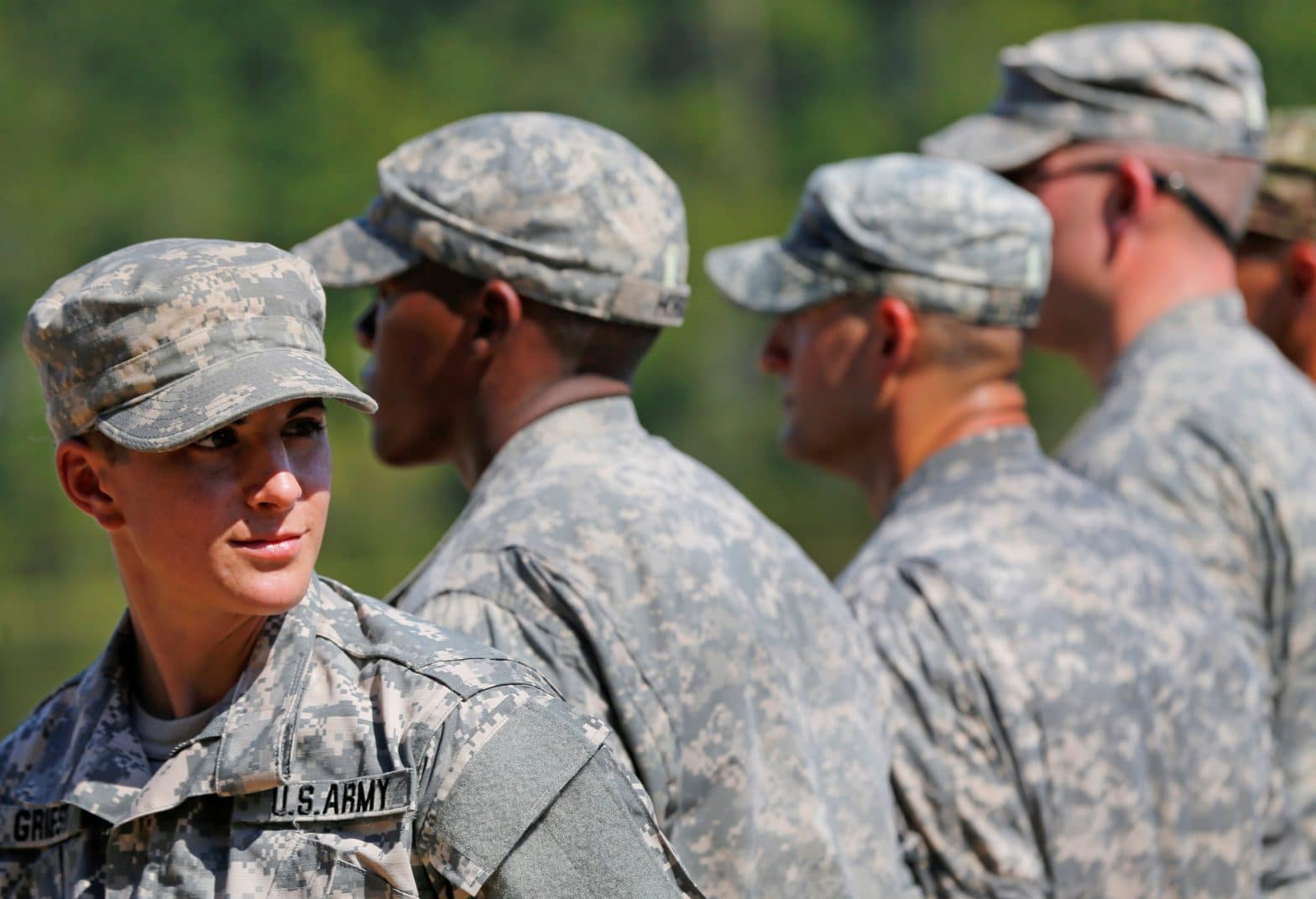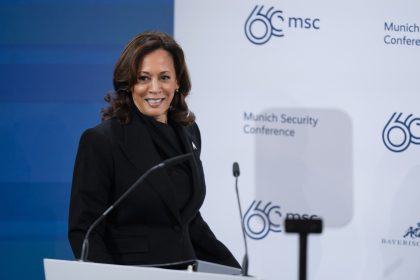Report to Address Need for the Draft and Women’s Exclusion

WASHINGTON – The United States stopped drafting young men into the military in 1973, but the issue of the draft, and whether women as well as men should be subject to it, is very much alive.
On March 25, the National Commission on Military, National and Public Service is scheduled to release a final report and recommendations on the draft — including whether the nation still needs a draft registration system, whether women should be required to register and whether other changes are needed.
The commission, which was created in 2017, has been both reviewing the Selective Service registration process and examining ways to increase participation in military and public service.
Former Republican Rep. Joe Heck, of Nevada, a U.S. Army Brigadier General, has said in the past that he supports requiring women to register for the draft, just as men continue to do when they reach the age of 18.
On a related note, this past week the 5th U.S. Circuit Court of Appeals in New Orleans held a hearing to consider whether to uphold a 2019 ruling by a federal judge in Texas that found the men-only draft unconstitutional.
“While historical restrictions on women in the military may have justified past discrimination, men and women are now ‘similarly situated for purposes of a draft or registration for a draft,'” U.S. District Judge Gray Miller wrote in February 2019.
“If there ever was a time to discuss ‘the place of women in the Armed Services,’ that time has passed,” he said.
The issue is being litigated by the National Coalition for Men, a men’s rights group, on the grounds of gender-based discrimination under the Fourteenth Amendment’s equal protection clause.
“After decades of sex discrimination against men in the Selective Service, the courts have finally found it unconstitutional to force only men to register,” said Marc Angelucci, attorney for the coalition, in a written statement.
“Even without a draft, men still face prison, fines, and denial of federal loans for not registering or for not updating the government of their whereabouts. Since women will be required to register with the Selective Service, they should face the same repercussions as men for any noncompliance,” he said.
During the hearing, the three-judge panel said the plaintiffs had significant hurdles to overcome, not the least of which is a 1981 U.S. Supreme Court ruling that upheld the men-only draft registration system.
But Angelucci argued things have changed significantly since that ruling, most notable, the 2015 decision by the Pentagon to allow women into combat roles.
“Having women in combat roles now significantly changes the circumstances,” Angelluci said.
Simply put, he argued, lower courts are not bound to outdated precedents when the facts change so dramatically.
Claire Murray, the Justice Department attorney arguing on behalf of the federal government, disagreed.
According to Murray, once the Supreme Court renders a decision, it’s up to Congress, not lower court judges, to address it.
To date, Congress has not moved to require women to register. And Murray said lawmakers on Capitol Hill would have a lot to consider should they be forced to consider bringing back the draft in a time of war.
Those considerations include anticipated mortality rates for women in combat, and the need for equipment and facilities for women drafted in equal numbers to men.























